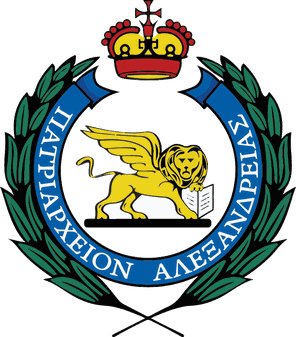DETAILS REGARDING THE ORTHODOX MISSION IN THE CAMEROON
The role of the Greek missionary societies in this great effort is significant, as for example, through the International Development Co-operation Service of the Ministry of Foreign Affairs or other NGO’s.
The history of the missions of Northern Cameroon begins 34 years ago as it began to be systematically organized in1975 by the late Metrop9olitan Irenaios of Accra. This same Bishop, who lost his life together with Patriarch Petros in the flight deisaster of 2004, ordained the first priests in the Northern Cameroon , while the few Greeks of the area contributed to the building of the first churches. The example of the Efstratios Repanis family from Mytilene is noteworthy, who built a large church to St Efstratios in Saar in South Chad (it belongs to the spiritual jurisdiction of the Metropolis of the Cameroon ). There are still today great donors and benefactors, as Mr Anestis Arnopoulos from the seaside city of Douala in Cameroon , who has built the large church of St John the Baptist in the Banamberi area.
His Beatitude the Patriarch of Alexandria Theodoros; struggle for the development of missions in this difficult to access area was also great, from his time as Metropolitan of Cameroon (1997-2002). He visited Northern Cameroon hundreds of times, seeing to the building of a large missionary centre, three churches, a school and many field clinics. He also saw to the drilling of boreholes so that the locals could enjoy water as something which is lacking in this area, where the temperatures often surpass 45˚ C and things become more difficult during the six-month drought period (November to April).
Source:

